Biology Reference
In-Depth Information
(a)
(b)
(c)
(d)
(e)
(f)
(g)
(h)
Figure 18.3.
Comparison between basal and force-induced mitochondrial
displacements.
18
The left column shows the basal displacement (control) and the
right column shows the displacement following AFM indentation. (a) Overlay of
consecutive luorescent images 1 (red) and 2 (green), both acquired prior to AFM
indentation. (b) Overlay of consecutive images 2 (red, before AFM indentation)
and 3 (green, after perturbation). The yellow colour results from the red-green
overlay, and is much denser around the nucleus where mitochondria are much
sparser. The relection image of the perturbing AFM tip can be seen in the centre
of the nucleus (b, circle). (c-d) Magniied sections of the cell where motion of
mitochondria in different directions can be visually observed. Arrows show direction
of displacement of different mitochondrial structures (d1,2; the green colour shows
the post-indentation image and thus the direction of displacement). Although some
natural displacements are evident in the control image (c, 1), the displacement in
the post-indentation image is higher and includes a larger number of organelles
(d, 1 and 2). (e-h) Subtraction images of control (e) and post-indentation (f ),
and magniied images of the relevant sections (g-h). The magnitude of the post-
perturbation displacement can be clearly seen, in comparison with the control. Scale
bars are: a-b, e-f: 10 μm; c-d, g-h: 2 μm.


















Search WWH ::

Custom Search